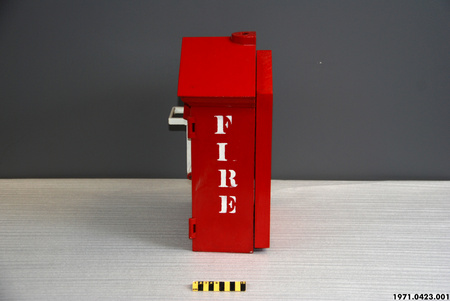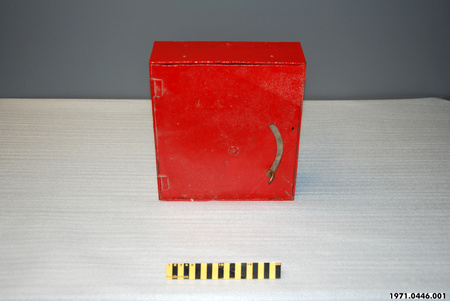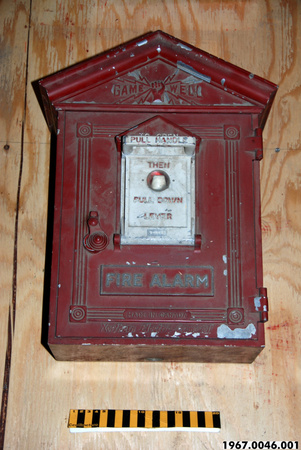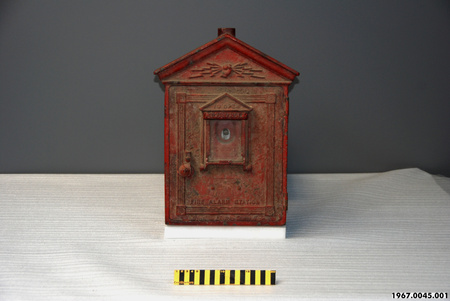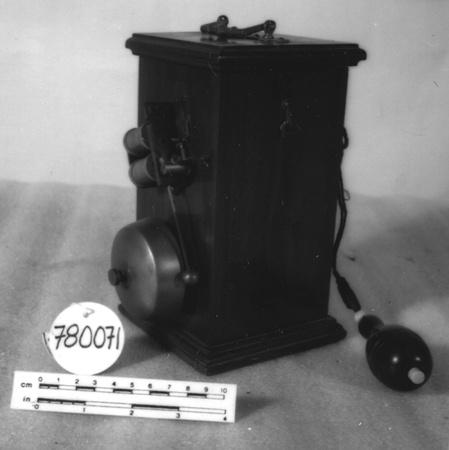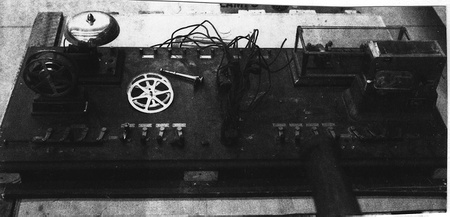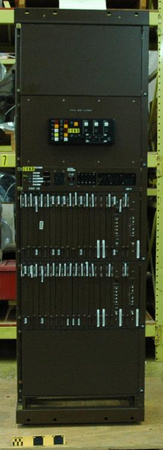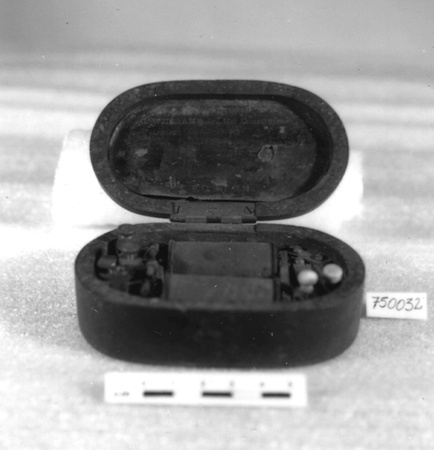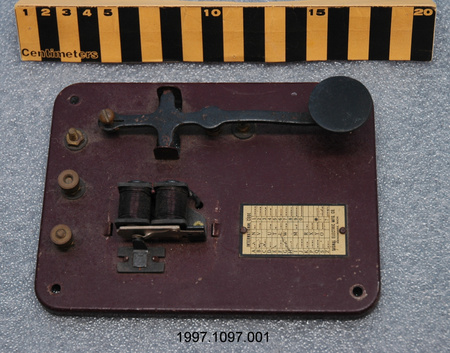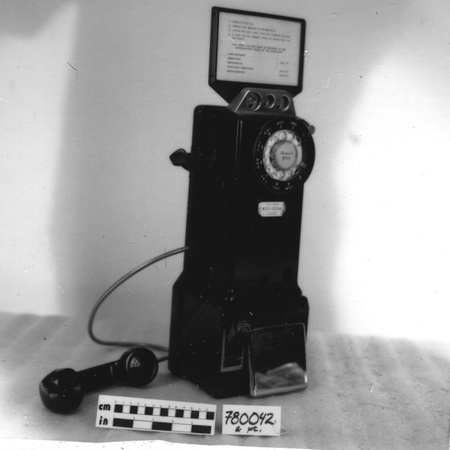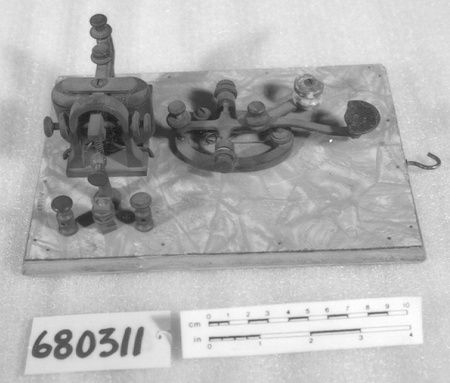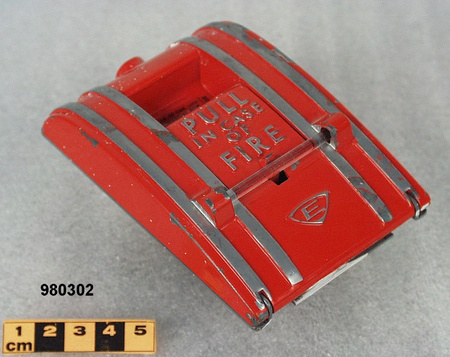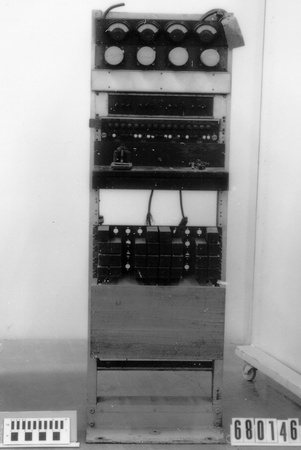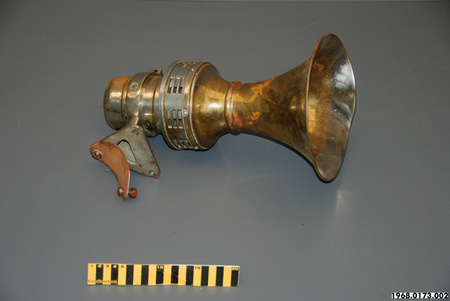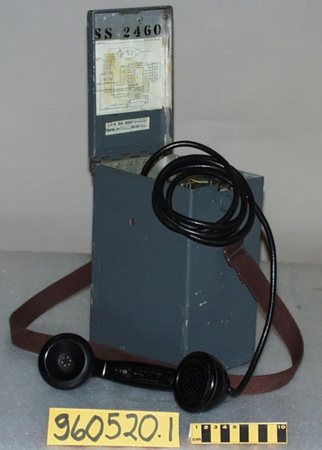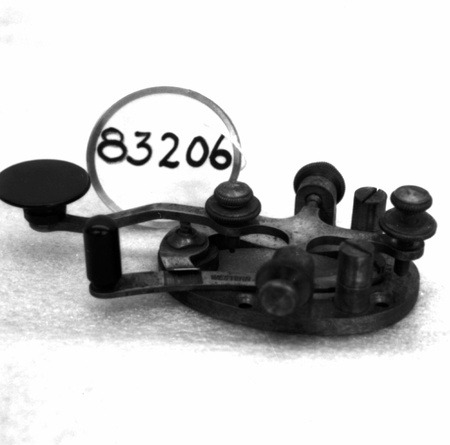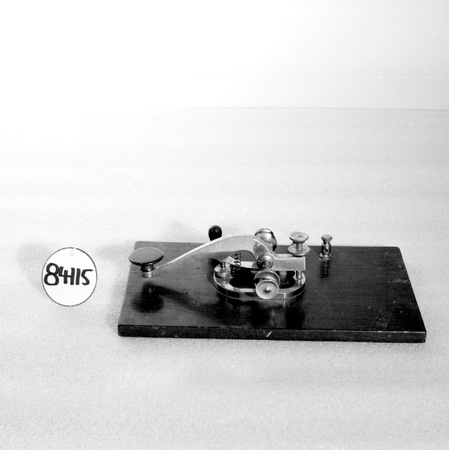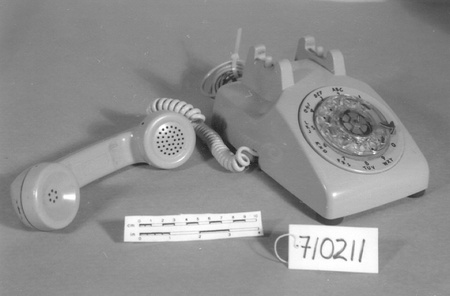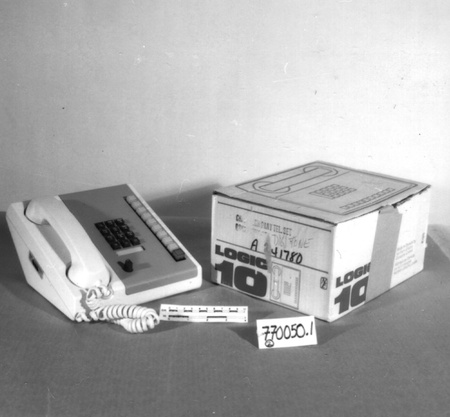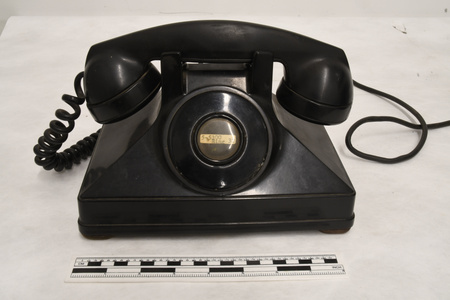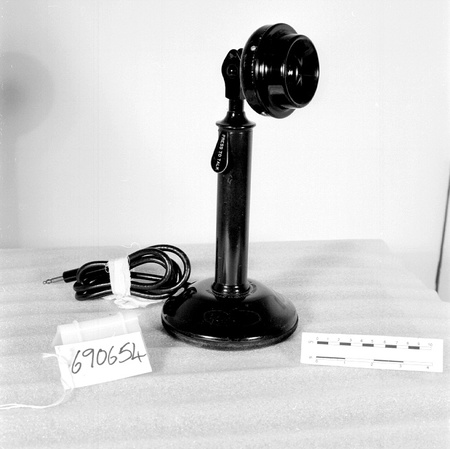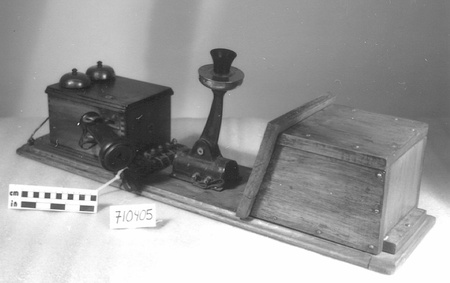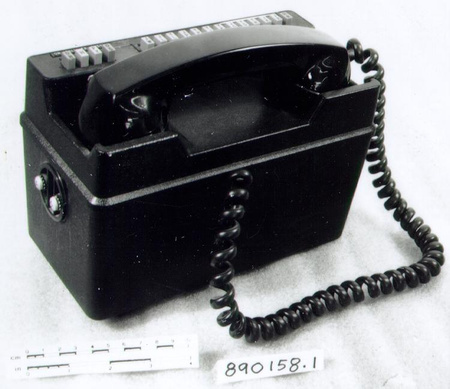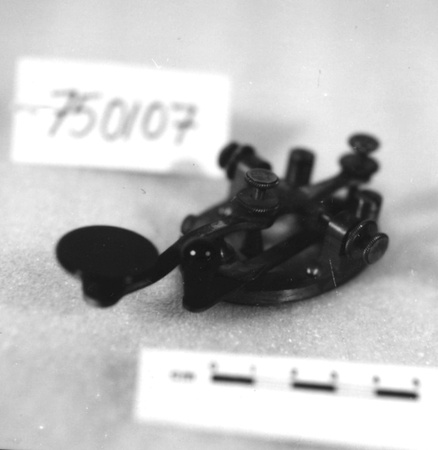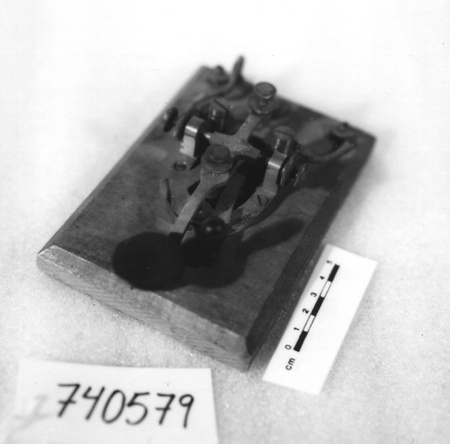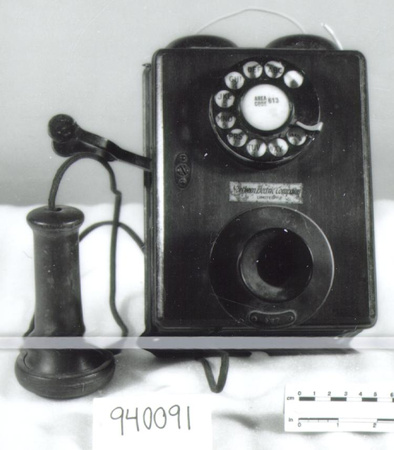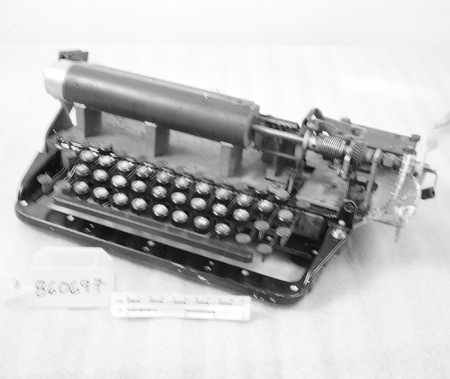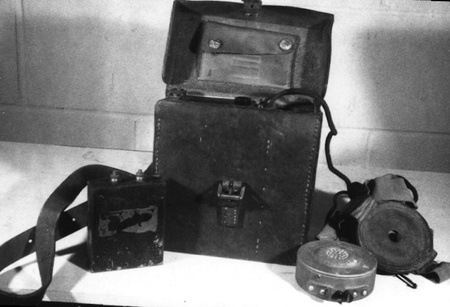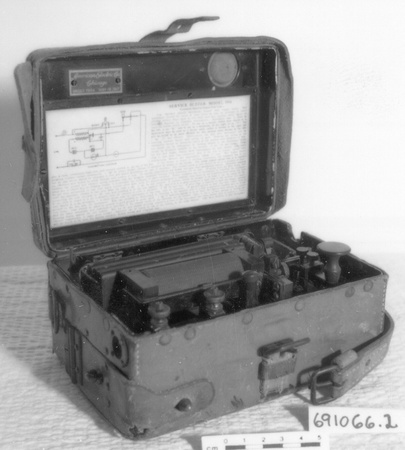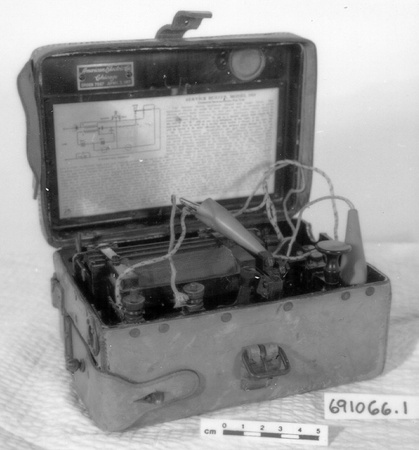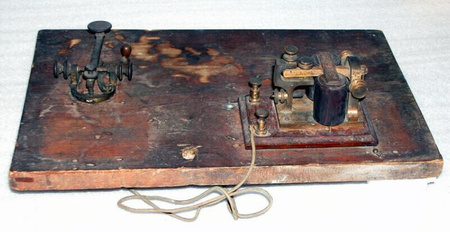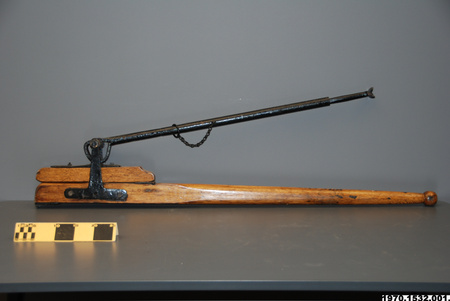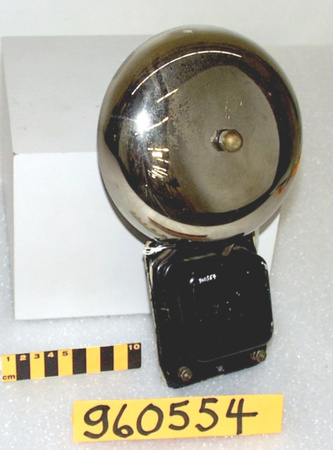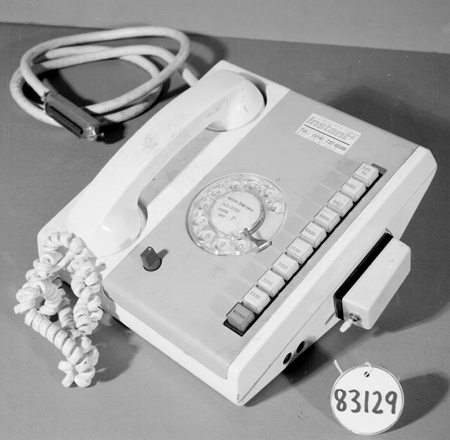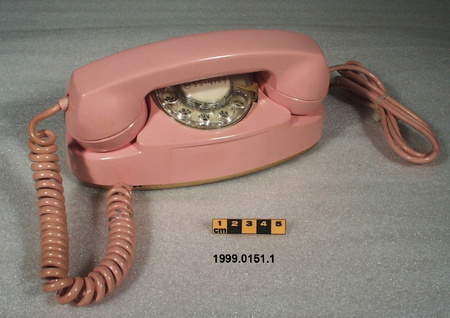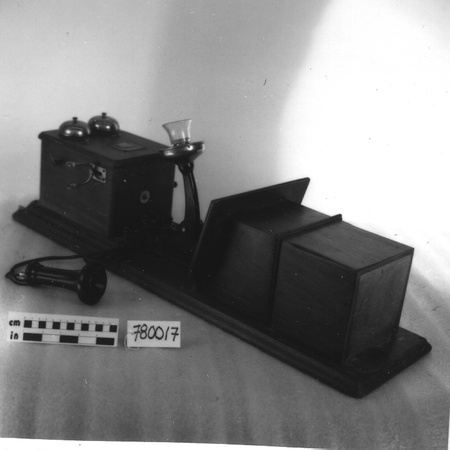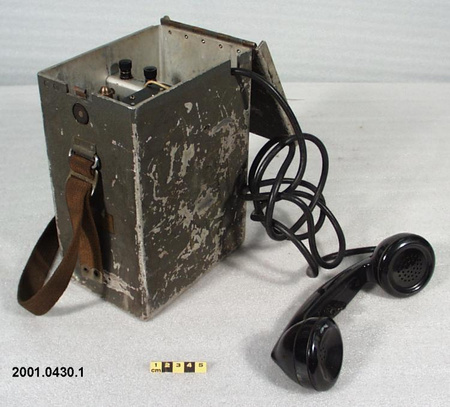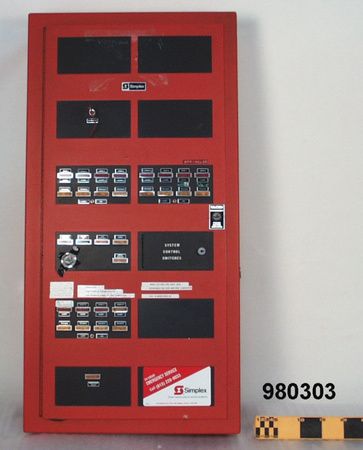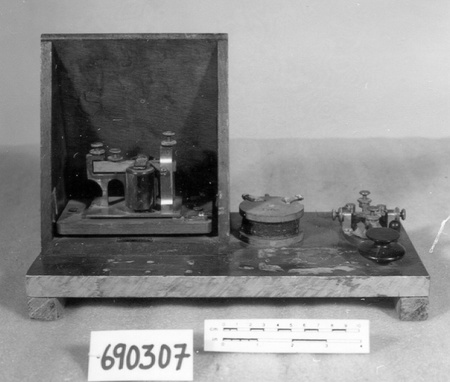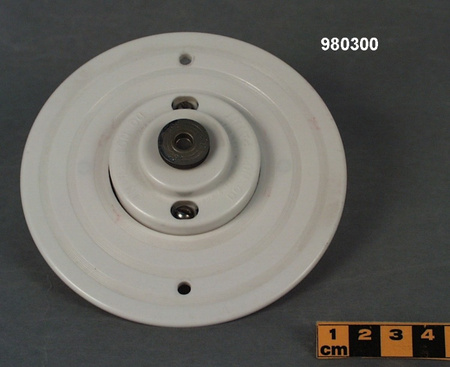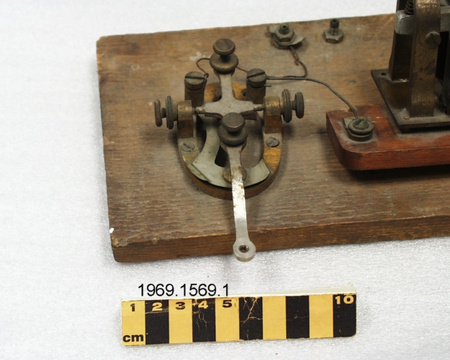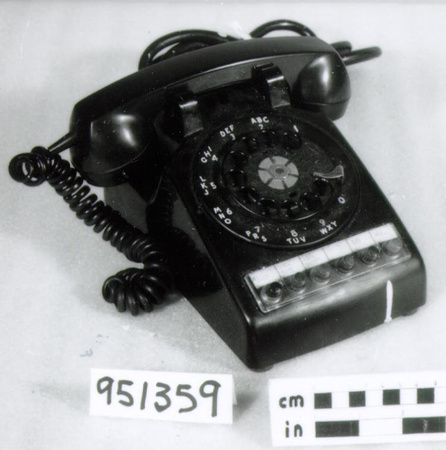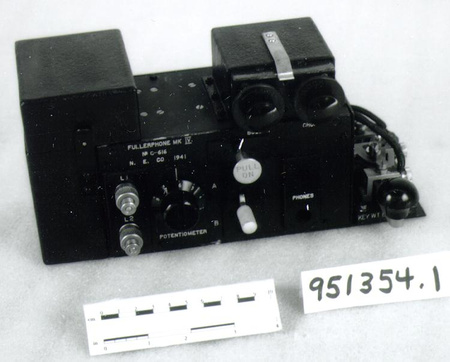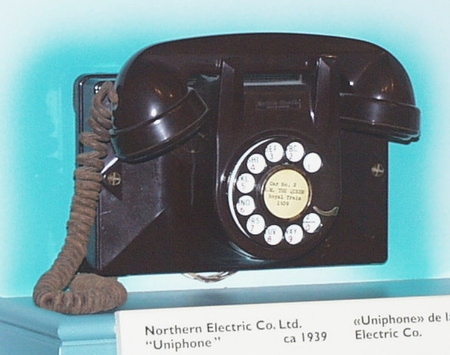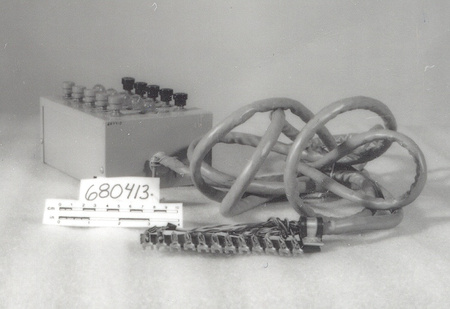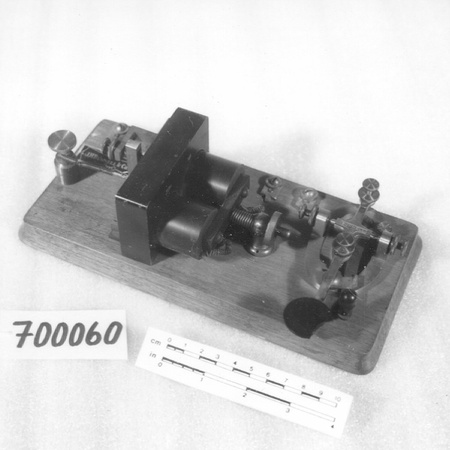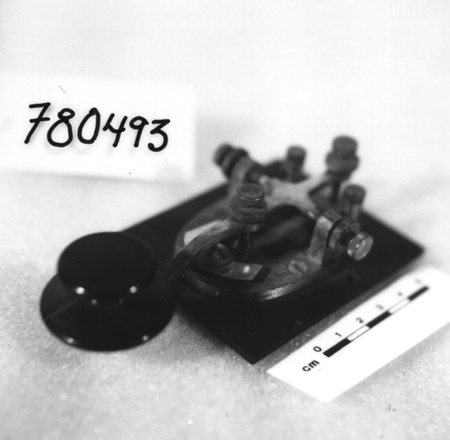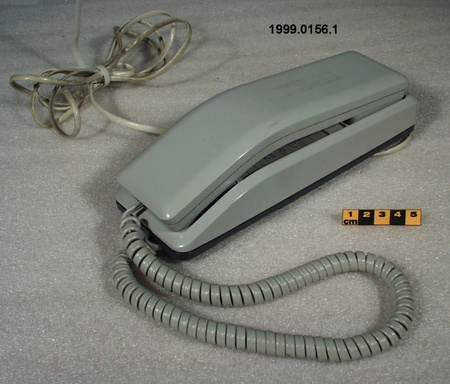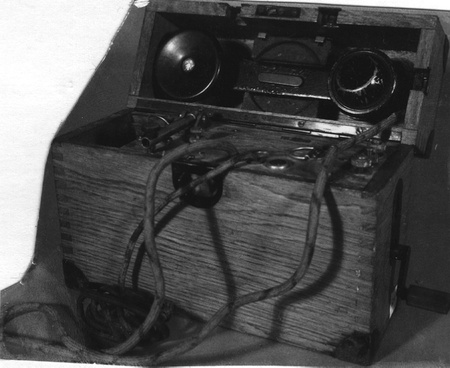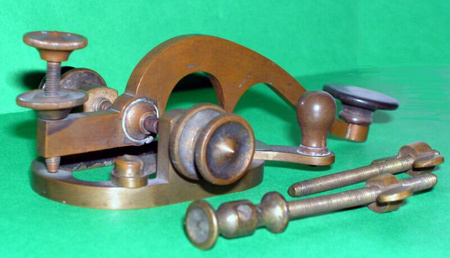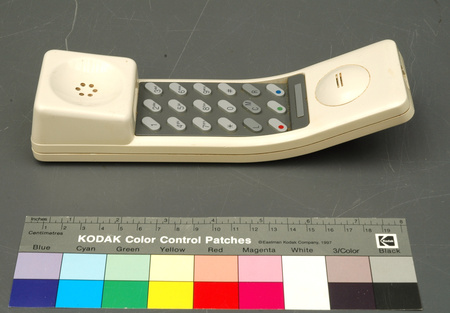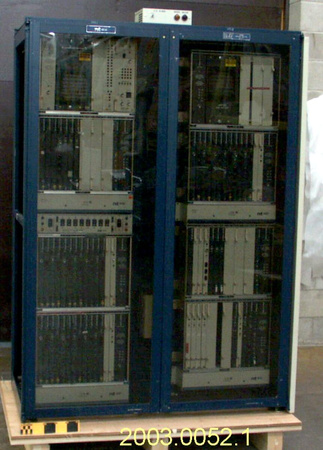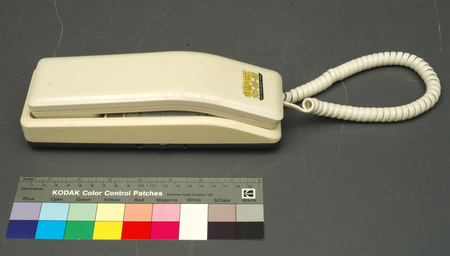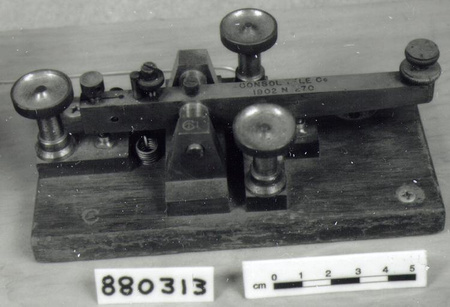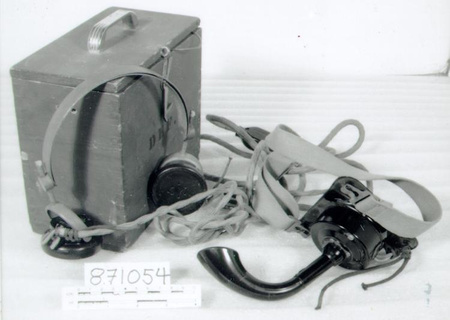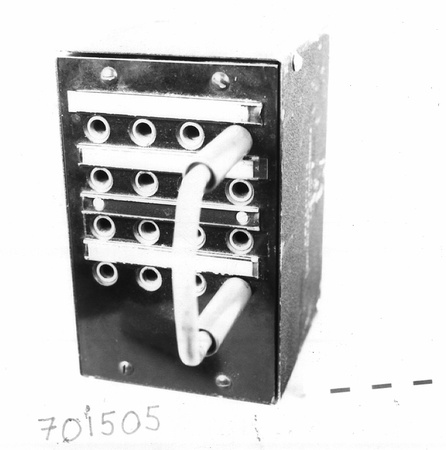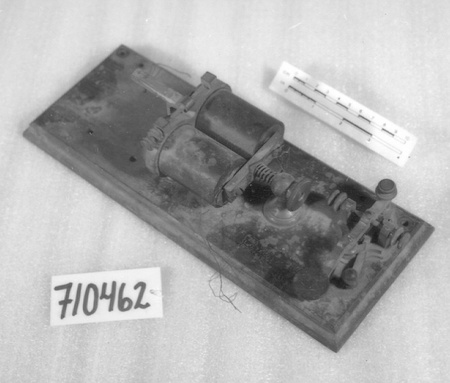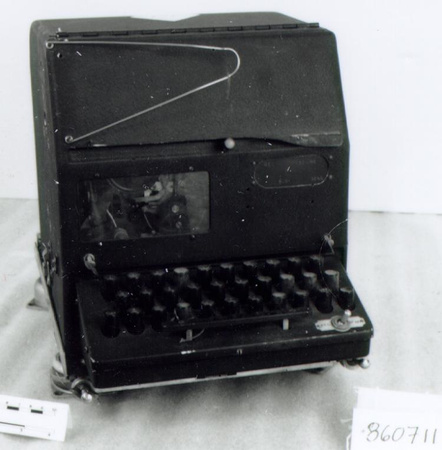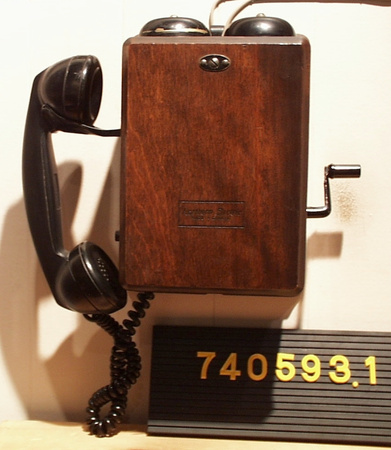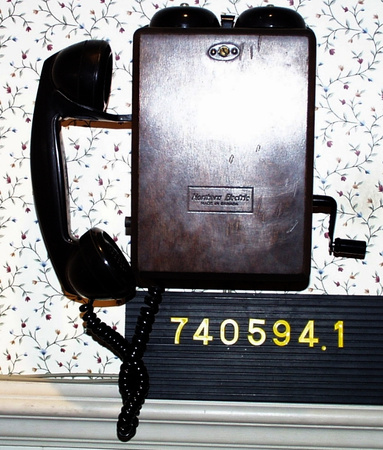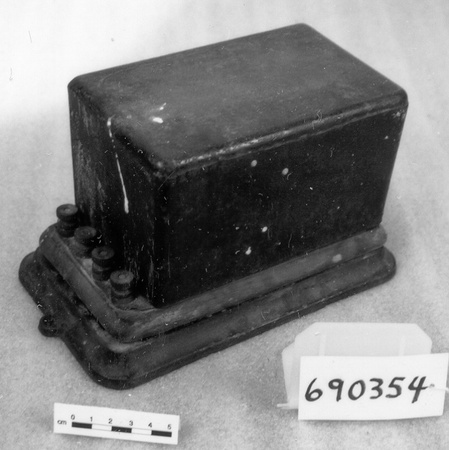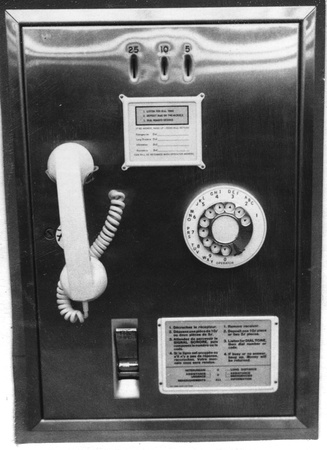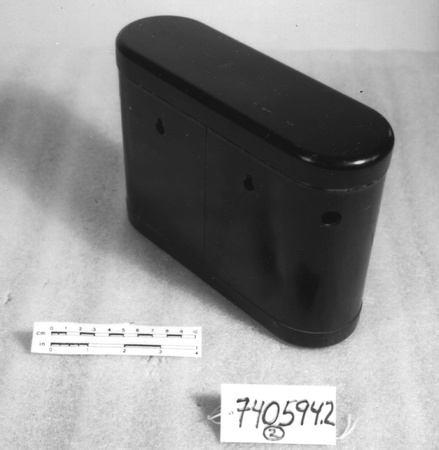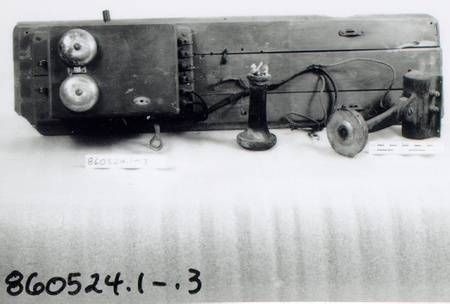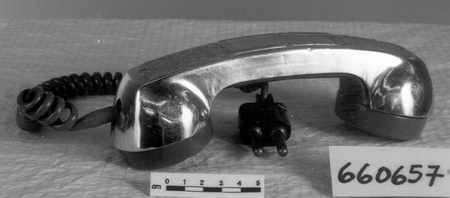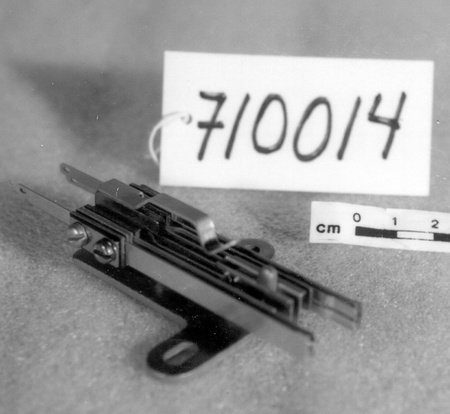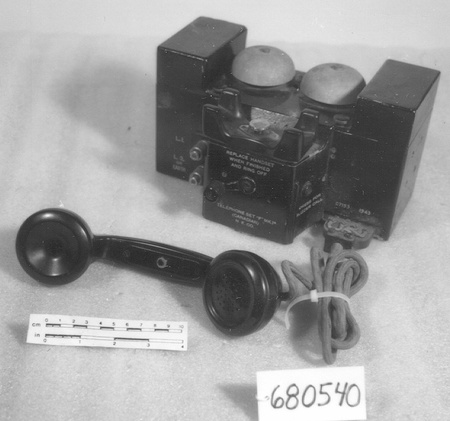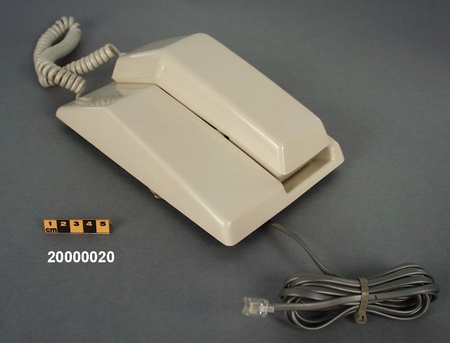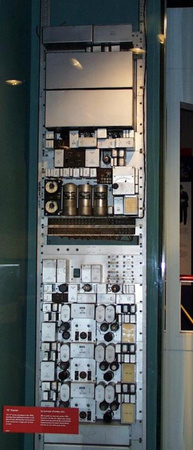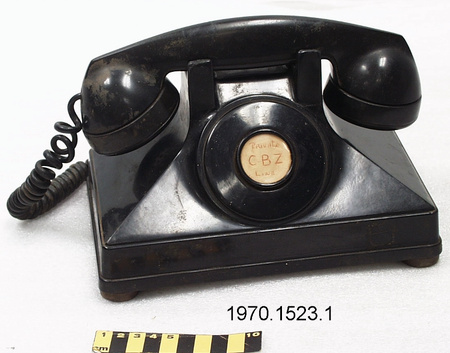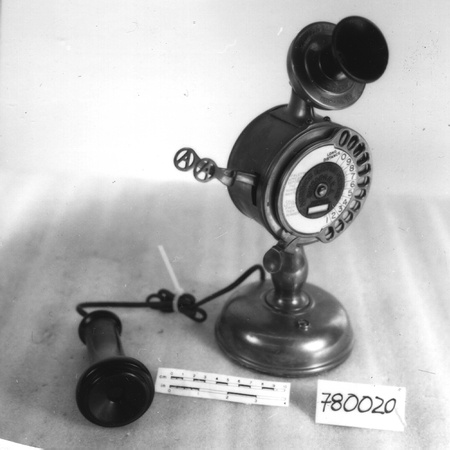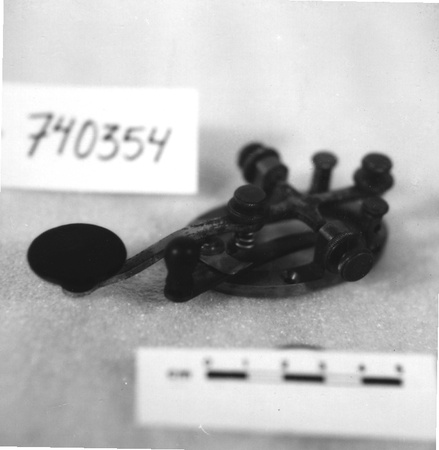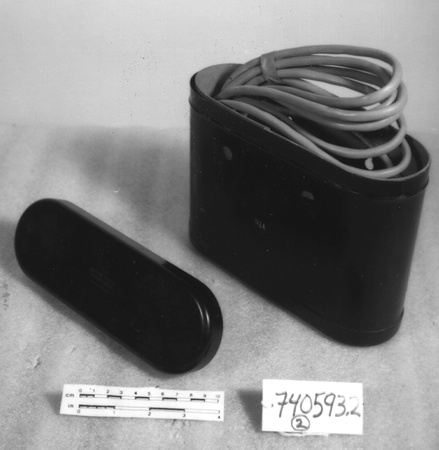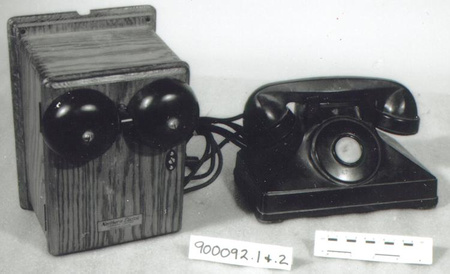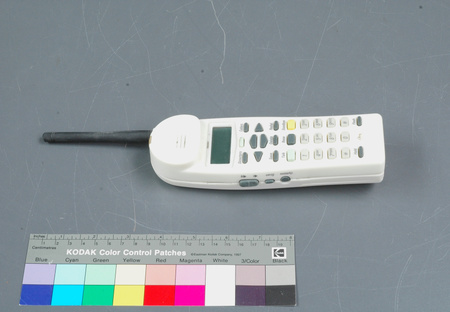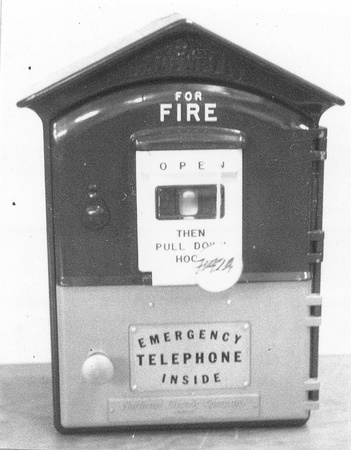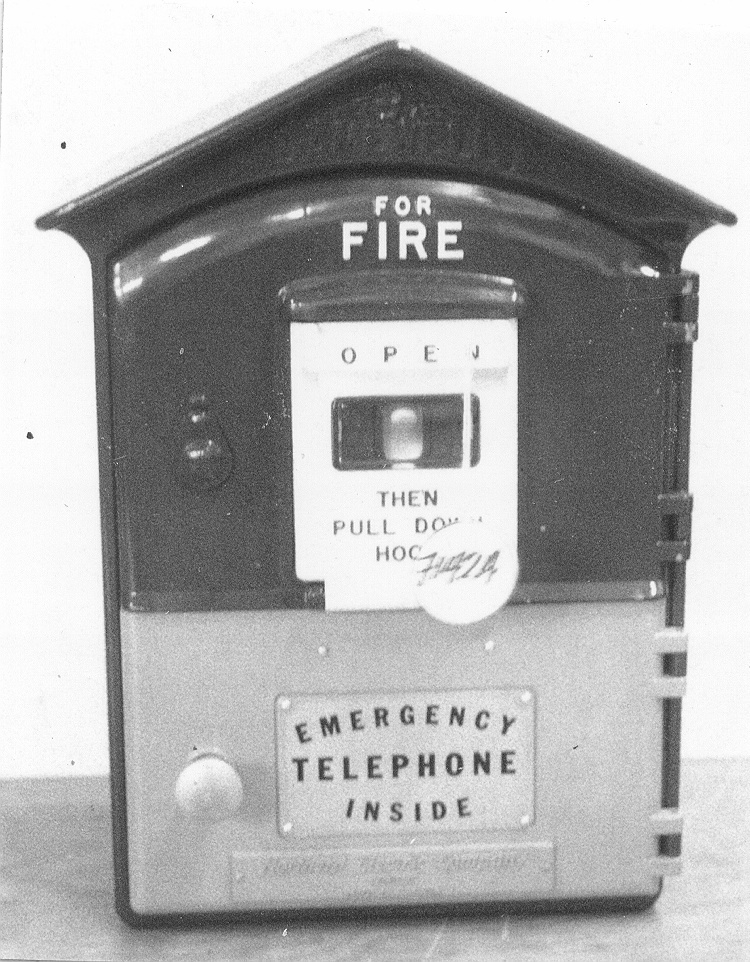Avertisseur
Utiliser cette image
Puis-je réutiliser cette image sans autorisation? Oui
Les images sur le portail de la collection d’Ingenium ont la licence Creative Commons suivante :
Copyright Ingenium / CC BY-NC-ND (Attribution-NonCommercial 4.0 International (CC BY-NC 4.0)
ATTRIBUER CETTE IMAGE
Ingenium,
1971.0424.001
Permalien:
Ingenium diffuse cette image sous le cadre de licence Creative Commons et encourage son téléchargement et sa réutilisation à des fins non commerciales. Veuillez mentionner Ingenium et citer le numéro de l’artefact.
TÉLÉCHARGER L’IMAGEACHETER CETTE IMAGE
Cette image peut être utilisée gratuitement pour des fins non commerciales.
Pour un usage commercial, veuillez consulter nos frais de reproduction et communiquer avec nous pour acheter l’image.
- TYPE D’OBJET
- Electric/Exterior/w. Telephone
- DATE
- 1960
- NUMÉRO DE L’ARTEFACT
- 1971.0424.001
- FABRICANT
- Northern Electric
- MODÈLE
- Inconnu
- EMPLACEMENT
- Inconnu
Plus d’information
Renseignements généraux
- Nº de série
- S/O
- Nº de partie
- 1
- Nombre total de parties
- 1
- Ou
- S/O
- Brevets
- S/O
- Description générale
- Metal body, and wooden panel for back support.
Dimensions
Remarque : Cette information reflète la taille générale pour l’entreposage et ne représente pas nécessairement les véritables dimensions de l’objet.
- Longueur
- 44,0 cm
- Largeur
- 29,0 cm
- Hauteur
- 21,0 cm
- Épaisseur
- S/O
- Poids
- S/O
- Diamètre
- S/O
- Volume
- S/O
Lexique
- Groupe
- Lutte contre les incendies
- Catégorie
- Alarmes
- Sous-catégorie
- S/O
Fabricant
- Ou
- Northern Electric
- Pays
- Inconnu
- État/province
- Inconnu
- Ville
- Inconnu
Contexte
- Pays
- Inconnu
- État/province
- Inconnu
- Période
- Inconnu
- Canada
-
Type of device made and used in Canada to alert firefighters in a fire department, of the presence of a fire in the neighbourhood where the alarm box is situated. It was used in Ottawa City until 1970 when the City decided to discontinue the use of all alarm box systems. Telephone communication systems replaced the alarm box, in most Canadian cities. - Fonction
-
To rapidly transmit an alarm of fire to a firefighting force. - Technique
-
The first practical fire alarm system was developed in Boston in1852, by Dr. William Channing and Moses Farmer. It worked on the principal of telegraphy: a signal was sent long distances over wires, by electric transmission. "In the first boxes, a notched code wheel was turned by a crank handle in the front of the box. Then, it evolved with a spring-driven, clockwork-type mechanism which drove the code wheel when activated by a lever." Boxes were put on a pedestal or telephone pole at a street corner. Early boxes were locked with keys which were given to the citizens and policemen who had the responsibility of pulling the lever in the event of a fire. In 1875 a model was made that did not need a key. In 1922, the quick-action door was put on the market. This model has a quick-action door and an emergency telephone. There are two main components that make up this kind of fire alarm system: the telegraph mechanism, located on a street corner, and the alarm apparatus (gongs and indicators), located inside a fire department's Headquarters. One-way communication between the telegraph and alarm system was made possible by linking both boxes with aerial and/or ground-level wires. Central station equipment would receive the signal, revealing the location of the fire, and would proceed to notify the firehouse nearest to the fire by transmitting another signal to their alarm box. - Notes sur la région
-
Inconnu
Détails
- Marques
- 'FIRE/EMERGENCY' stenciled on sides.
- Manque
- S/O
- Fini
- Red, modified gable type with yellow door on telephone cabinet/ Painted red.
- Décoration
- S/O
FAIRE RÉFÉRENCE À CET OBJET
Si vous souhaitez publier de l’information sur cet objet de collection, veuillez indiquer ce qui suit :
Northern Electric, Avertisseur, vers 1960, Numéro de l'artefact 1971.0424, Ingenium - Musées des sciences et de l'innovation du Canada, http://collection.ingenium.ca/fr/id/1971.0424.001/
RÉTROACTION
Envoyer une question ou un commentaire sur cet artefact.
Plus comme ceci
